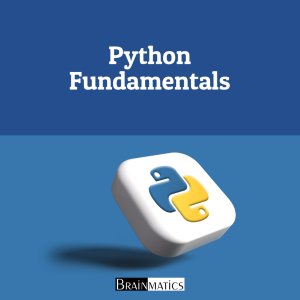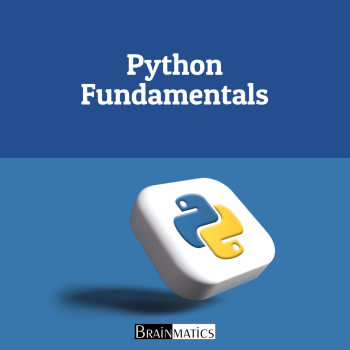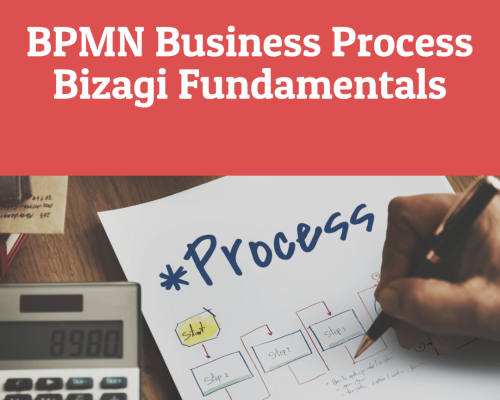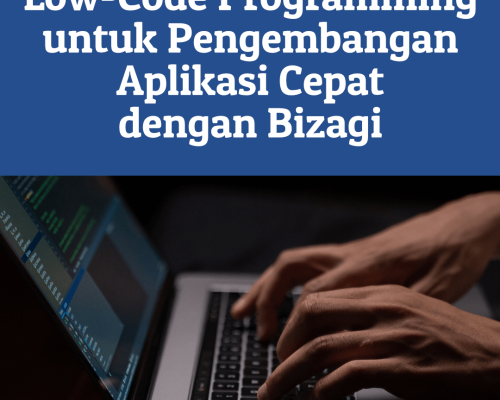
Praktik pengembangan backend software menggunakan bahasa pemrograman Python. Dilengkapi dengan pembahasan studi kasus terkait penerapan konsep pemrograman berbasis objek, pembuatan pernyataan Python basics, pembuatan function & modules pada python, dan penanganan error handling pada Python.
CONTENT
1. Python Basics
1.1. Introduction Python Programming
1.2. Variable and Simple Data Types
1.3. Introducting Lists
1.4. Working with Lists
1.5. Statements
1.6. Dictionaries
1.7. User Input and While Loops
1.8. OOP Concepts: Functions
1.9. OOP Concepts: Classes
1.10. Files and Exceptions
1.11. The Reference Type and Assignment Statements
1.12. Integers and Real Numbers
1.13. Integer to String Conversion and Back Again
1.14. Formatting Output
1.15. Testing Python Code
2. Data Visualization with Python
2.1. Generating Visualization Data with Matplotlib
2.2. Downloading Data from Variety Data Online
2.3. Working with API’s
3. Integrating Python and In Memory Database (PostgreSQL)
3.1. Integration MySQL for Python
3.2. CRUD Data via Python
4. Python Data Exploration and Data Wrangling
4.1. Data Exploration and Analysis
4.2. Presenting Data
4.3. Acquiring and Storing Data
5. Python API Development
5.1. Understanding API Development Fundamentals with Python
5.2. Manipulating a Database with SQLAlchemy
5.3. Authentication Services and Security with JWT
5.4. Object Serialization with marshmallow
5.5. Pagination, Searching, and Ordering
5.6. Testing API Endpoints
Course Features
- Lectures 0
- Quizzes 0
- Duration 4 days
- Skill level All levels
- Language English
- Students 0
- Certificate No
- Assessments Yes




